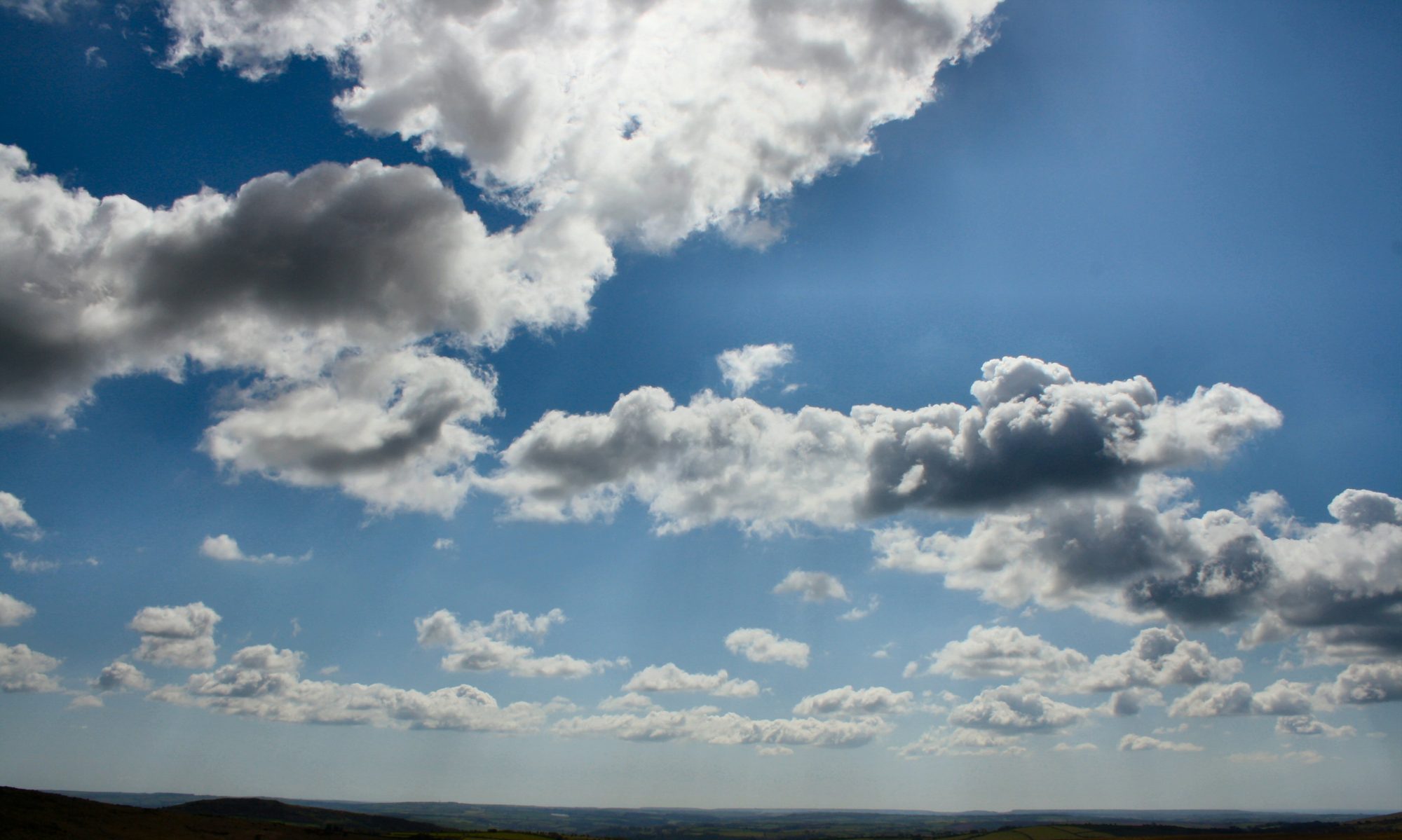Monthly Wildlife Challenge – July’s Challenge
This month’s challenge is to provide a water source for wildlife. Whether this is a dish of water, a bird bath or a small pond, providing a water source is one of the most important things you can do for wildlife.
After a wet spring, we have had a prolonged dry spell in May and June. Collecting rain water when it falls, is a great way to conserve water and provide it for your garden plants and wildlife. Connecting a water butt to a roof gutter is the most effective way to do this and there are many cheap water butts available second hand through websites such as Gumtree. Another good way to keep water topped up is by putting a bucket in the shower, particularly while the shower heats up, and using a washing up bowl to collect run off in the kitchen sink. Avoid getting soap in the water. This water can then be added to a butt, watering can, or bird bath.
A little refreshment
A shallow dish of water on the ground outside provides some vital refreshment for wildlife and could be used by birds, invertebrates or if you are lucky, a hedgehog. Alternatively you could use a shallow old pot as a birdbath. Have you got any teasles? The leaves of these plants growing up the stalk create a natural cup for water, creating a fly by pit stop for passing birds and insects. For more advice on providing water see the Wildlife Trusts advice at how to provide water
Create a pond
Creating a pond is one of the main things you can do to increase biodiversity where you live. Many invertebrates depend on a water source to complete their life cycle, with flying insects such as dragonflies and some species of hoverflies starting out as water dwelling larvae. Amphibians such as newts will also thank you for a pond in which they can spend their mating season and lay their eggs.
The pond does not need to be complex or big. In fact, larger ponds are best made in autumn/ winter when there is more water. Put out a large water tight container (such as a Belfast sink) and collect water in it. You could dig this into the ground or build up the ground it. Create a shallower end with rocks and gravel so that amphibians, birds and small mammals can get in and out. And then just leave it and see what finds its way there, it is amazing what does. Please see creating a mini pond for more details.
The Bridford Verges
The Wildlife Wardens spent a morning on the verges in June. We are pleased to report that the Yellow Rattle that was sown in autumn 2022 has taken well. Though much of the winter was quite mild, we also had a few colder spells with temperatures below 0 degrees at night which the Rattle needs to germinate, so this has given it a good start. This annual plant will parasite on the grasses, enabling space for a wide range of wildflowers to take hold. We also took out thistles and docks – though these plants have value for wildlife, we are taking these out on the verges to make sure they don’t out compete the flowers while they become established.

